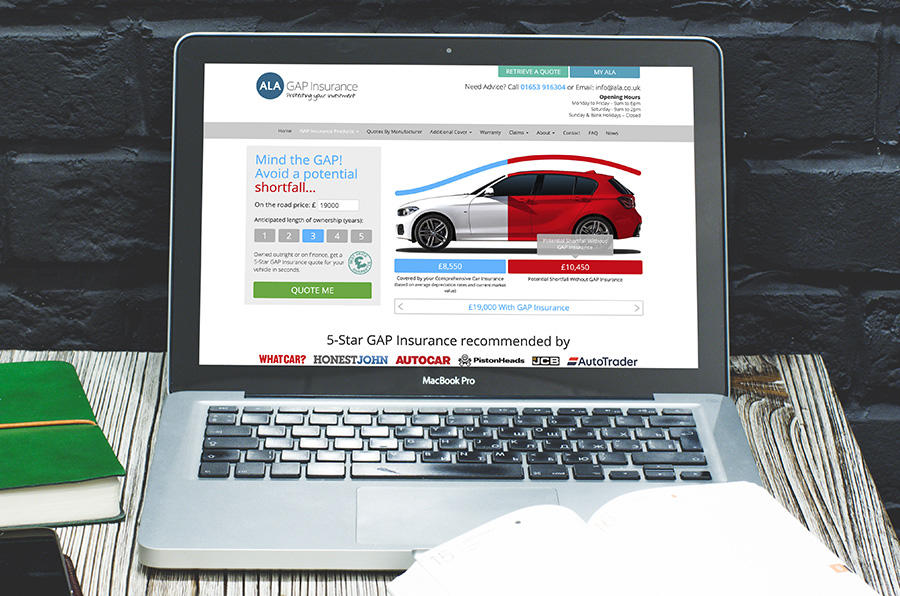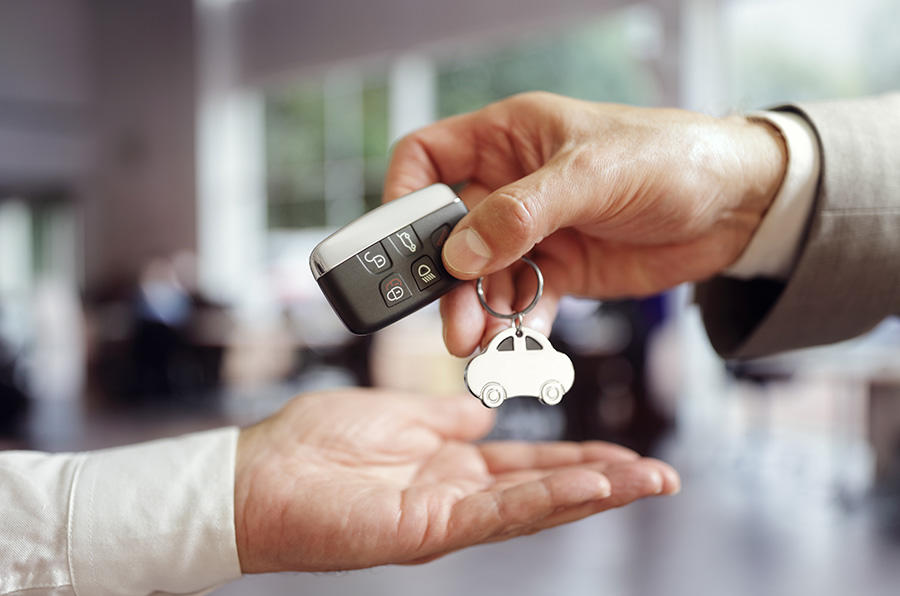With a range of policies available, it’s important to get the one that best suits you
With a range of policies available, choosing the right GAP insurance can be confusing. We’ve spoken to an expert at ALA Insurance to cut through the noise
GAP insurance is designed to offer car buyers extra protection, compensating you for any shortfall between the purchase price and market value if your car is written-off or stolen. But, with lots of different policies covering everything from lease cars to second-hand purchases, which cover is right for you?
All cars – new or used – lose value over time, with new cars having a particularly high depreciation of between 40% and 60% in the first three years. That means the car is soon worth much less than you paid for it. This is where GAP insurance – or Guaranteed Asset Protection insurance, to give it its full name – comes in.
GAP insurance isn’t responsible for a full claim if your vehicle is stolen or written off. Instead, GAP insurance bridges the gap between the price you paid for the car and the market value that a comprehensive insurer pays out.
As Jason Allen from ALA Insurance explains: “The insurer won’t cover what the driver paid originally for that vehicle, because insurance payouts are based on the vehicle’s value at the time of the loss – not the value when it’s new.”
GAP insurance can also cover the remaining payments in the event of a total loss if the vehicle is leased, or they can cover the costs of replacing the vehicle if it was bought brand new. Effectively, it’s a safety net – in addition to your car insurance – that means you won’t be out of pocket should you incur a total loss.
GAP Insurance comes in many different flavours, so it’s worth thinking hard before accepting the first policy you’re offered. “Generally speaking, car dealers only offer one kind of GAP insurance policy – ‘Back to Invoice’ – which they try to sell to everybody as a one-size fits all solution,” says Jason. “It’s worth shopping around, because third-party insurers like ALA Insurance offer a range of products that can make the policy far more specific to your needs.”
So, what is the best GAP insurance for you? We asked Jason to break down each of the policies available from ALA Insurance and explain which is most suitable for different types of car buyers.
To find out more about the car-related services that ALA Insurance offer, head to ala.co.uk

‘Return to Invoice’: best all-round, especially for premium/performance cars
A ‘Return to Invoice’ (or ‘Back to Invoice’) policy is generally the best all-round option for drivers purchasing a brand-new car outright. It will top up the insurer’s payout to the original price of the car or the cost of any outstanding finance payments, whichever is greater.
But, even if the dealer offers you ‘Return to Invoice’ GAP insurance, it’s still worth shopping around for a cheaper deal or one with better bespoke cover. “You can make it very vehicle specific,” Jason explains. Premium or performance cars cost more than mass-market city cars, hatchbacks and family SUVs when new, for example, but will often suffer from higher rates of depreciation. Therefore, ‘Return to Invoice’ can be very beneficial to those driving more expensive cars like these.
‘Vehicle replacement’: finance buyers with a discounted deal
The 80% of drivers who buy a new car on a finance plan will invariably benefit from some form of deal or offer – such as a manufacturer or dealer deposit contribution – that will reduce the purchase price of the car significantly. This is where ‘Vehicle Replacement’ GAP Insurance can offer an additional benefit over ‘Return to Invoice’.
“Because the prices of new cars increase over time, replacing a car in the future will cost more,” says Jason. “‘Vehicle Replacement’ cover protects the full replacement price of another brand-new car.” By comparison, ‘Return to Invoice’ only bridges the gap to the discounted price – meaning that if the same offers are not available at the time of vehicle loss, the shortfall to replace the car would not be fully covered.

‘Contract Hire’: drivers leasing, with no option to purchase
‘Contract Hire’ GAP insurance is directly aimed at those on a leasing plan, but with no option to purchase the car. It will cover the cost of any outstanding finance payments if the car is a total loss, therefore relieving the customer of that payment liability.
“Drivers in this situation could be liable for up to 100% of the outstanding finance on that car,” Jason explains. “On a typical three-year lease deal, if something happens after a year, they could still end up owing 24 monthly payments. ‘Contract Hire’ GAP insurance will cover that, meaning they can move on to getting a replacement car.”
ALA Insurance have also added the option to have up to £3000 of the lease deposit refunded in the event of a loss – which can often be as much as nine monthly payments.
‘Agreed Value’: expensive used cars and older premium/performance cars
‘Agreed Value’ GAP insurance is similar to ‘Return to Invoice’ but is most effective for drivers who have bought a used car privately, or those who have owned their car for long enough that it’s ineligible for other policies.
The vehicle value is determined at the time of the quote, meaning you can choose when best to solidify the value of the car. If a total loss occurs, that predetermined value will be picked up after your insurer pays out.
So, if you’re considering GAP insurance on your next new-car purchase, it’s definitely worth shopping around for a deal that isn’t just cheaper, but one that may also be more bespoke to your needs.
To find out more about the car-related services that ALA Insurance offer, head to: ala.co.uk
Source: Autocar
